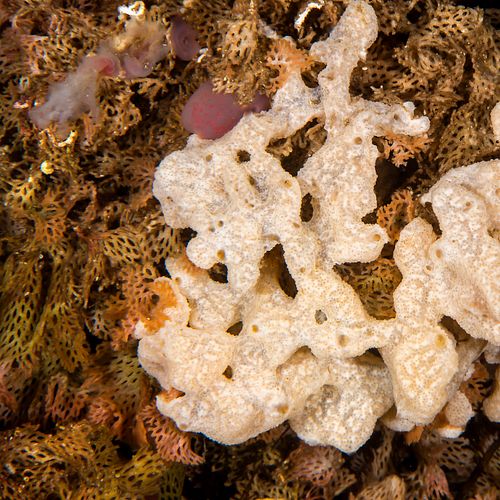21 November 2023 news
The species composition of all habitats on the planet is constantly changing – and it always has. This is due to a wide variety of processes ranging from meteor impacts and tectonic events to climate change and habitat alteration. Both the speed and nature of change have accelerated greatly in recent centuries. Humans have altered the physical and chemical characteristics of habitats, changed community structure through harvesting and pollution, and facilitated spreading of non-native species through transport, aquaculture, and other means. In marine systems, there is a constant introduction of alien species, but only relatively few of these species gain a foothold such that they can be called invasive. Further, only a fraction of these has consequences for the ecology of the region, human welfare, or local and regional economies.
Managing marine ecosystems in flux is a huge challenge, and one that can benefit from prioritizing high-risk scenarios and devoting resources toward prevention and mitigation of these scenarios. This prioritization is the focus of a recent Horizon Scanning study for invasive alien marine species in the Arctic, where Svalbard was used as a case study. The paper, published in the journal Global Change Biology, compiled a list of 114 species from the scientific literature, on-line databases, and other sources (e.g. the Norwegian Biodiversity Information Centre/Artsdatabanken). Using published studies and expert opinion, the authors assessed the likelihood and method of establishment, as well as the ecological, economic, and human-health consequences of invasion for each species.

Pink salmon (Photo: Geir Dahl-Hansen/Akvaplan-niva).
From this analysis, seven species were identified as exhibiting the most immediate risk of invasion and impact, and vessel traffic was the most common method of arrival to the area of study. The king crab and snow crab topped the list, followed by a bryozoan (moss animals), three ascidians (sea squirts) and the pink salmon. Not only does this paper suggest the most critical monitoring targets, but it also demonstrates the usefulness and relative cost-effectiveness of region-specific Horizon Scanning as an early-warning strategy for informing managers. Biosecurity measures (e.g., Ballast Water Convention, no-go areas for tourists) are already in place, and their rigorous enforcement is recommended. The expansion of current monitoring strategies can also help limit invasions, their environmental impacts, and the consequences for local communities.

Snow crab (Photo: Christian Skauge).
This work was partly funded by the Svalbard Environmental Protection Fund ('Marine NIS on Svalbard') and the Research Council of Norway (The projects 'Ecology and management of the invasive snow crab' and 'FAABulous').



